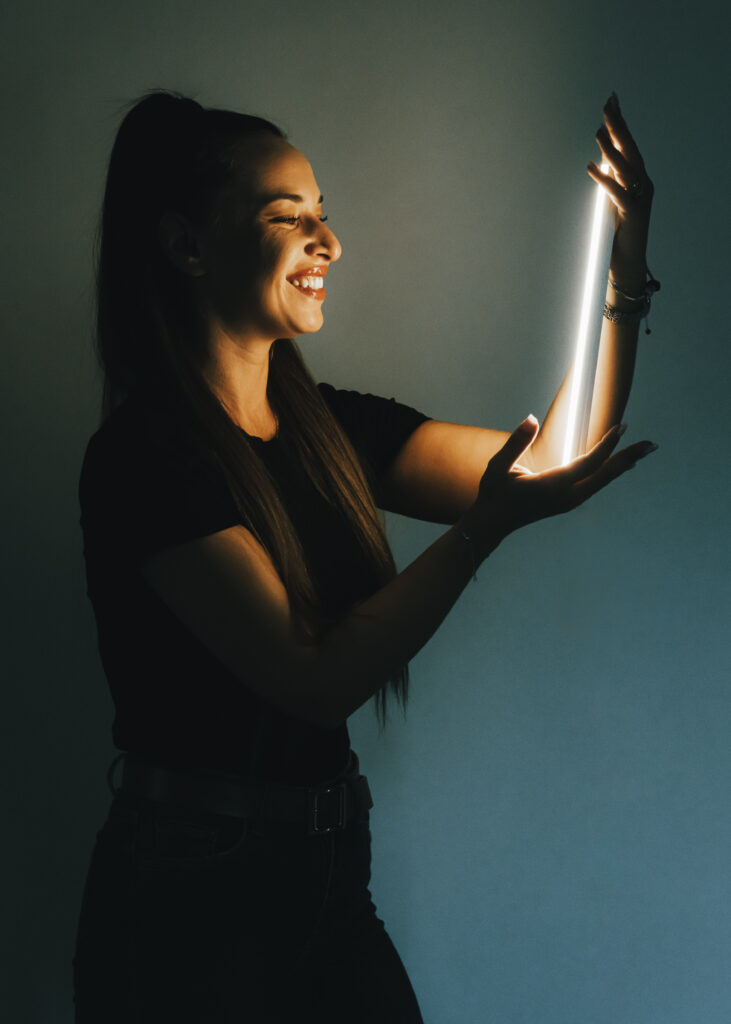
Christina Kitsou
Art Historian & Lighting Designer
Born in Argyrokastro and hailing from the Greek minority of Northern Epirus, she studied at the Athens School of Fine Arts (ASFA), where she obtained a BSc in Art Theory and History. She then pursued her postgraduate studies in Architectural Lighting Design at the Hellenic Open University. She has worked in artistic photography and specializes in lighting design and the execution of studies for private and professional spaces, museum lighting, and the creation of temporary lighting installations.
Through art, she learned the importance of lighting and how it enhances forms in both painting and sculpture. Through lighting, she mastered the creation of atmosphere and the highlighting of architecture.
Cold War Museum Lighting Study
Light is the intangible medium through which environments are shaped and experienced. It serves as a powerful tool that goes beyond mere illumination, transforming spaces and influencing how we perceive them. Every space is unique, with its own set of characteristics, functions, and emotional resonances, requiring a tailored approach to lighting design. In some cases, lighting studies are focused on highlighting the architectural features of the space, drawing attention to its textures, forms, and spatial dynamics. The right lighting can enhance depth and dimension, allowing the space to reveal its full aesthetic potential.
At other times, lighting is used to evoke specific emotions, guiding the viewer’s mood and experience within a space. It can create warmth, intimacy, or drama, and influence how people interact with their surroundings. Through the careful manipulation of light and shadow, lighting designers can craft a three-dimensional world where every detail is emphasized or softened according to the desired effect. Whether the goal is to accentuate the architectural beauty of a room or to immerse the viewer in a particular atmosphere, lighting becomes an essential element in shaping both perception and emotional engagement.




